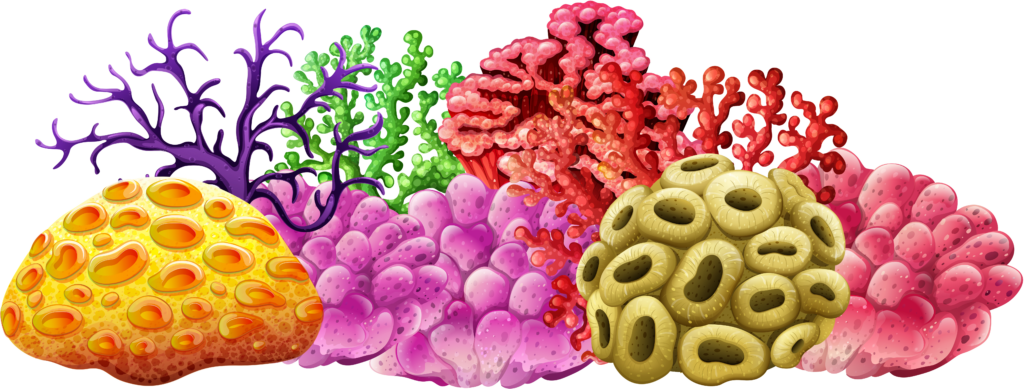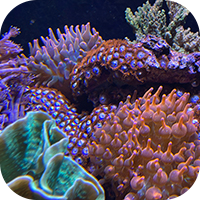An update on the Marhaver Lab campaign

I turned 50 last month. It’s a funny age. Old for sure, but not ancient; closer to the end than the beginning, statistically. Maybe because of that memento mori I seemed naturally to be thinking less about the present and more about the future — a future far enough out that does not include me. And that got dark real quick given the state of our planet. In an effort to keep it light I wanted to do something that focused on the long term, something (however tiny) that contributed to the foundations of a healthy planet.
Enter Dr. Kristen Marhaver. I first met Kristen years ago after an Ignite talk she gave at the ORD Camp unconference. The whole talk was jawdroppingly insightful (and funny), but I remember one moment especially. She was describing the process of coral sexual reproduction, a not well-understood event that happens at night, whereby coral simultaneously release sperm and eggs into the water. These particles are positively buoyant so they all come to the surface. Kristen continued that the evolutionary brilliance of this is that the buoyancy effect turns a geometrically complex insemination problem in three dimensions (everything just willy-nilly colliding in the open water column) into a much more manageable two dimensional problem at the water’s surface. But here’s the real beauty: fertilized eggs then become negatively buoyant ensuring that they fall back to the substrate to try to grow and thrive. You go, evolution!
So, yeah, I’ve been interested in the science of coral reefs for a while. Following Kristen’s work, scuba diving reefs all over the world, and running my own little experiments at home — not exactly a side gig, but certainly a passionate avocation. Running a small fundraising campaign for Marhaver Lab to celebrate my 50th birthday seemed a natural thing to do.
I had no target in mind when we launched the project. Indeed, if anything I thought worst case a low raise would quantify just how few friends I had left after a pandemic. But, in a little over a week we raised just shy of $11,000 — far more than I could have hoped for. Family and friends donated (thank you!), but what really became interesting is how the campaign evolved in a few days to receiving support from people neither I nor Kristen even knew. The word got out, apparently, and people love baby corals.
I think no one loves baby corals more than Kristen, though. If you’re interested in the work she does, there’s a just-published piece on a “moonshot” project she was part of to cross-breed Elkhorn coral (Acropora palmata) from Curaçao with the same species (exhibiting different environmental characteristics) from Florida. This is important as we look for ways to introduce heat-tolerance and other forms of climate resiliency into reefs worldwide. It’s called “assisted gene flow”. Basically Kristen’s a midwife of the coolest sort. And yet, as this excerpt notes, there’s still work to be done:
Marhaver thought that they had a five to 10 percent chance of success. To have hundreds of healthy coral now sitting in tanks barely crossed her mind. Conservationists are more attuned to the vibrations of endangerment, extinction, and loss. To have a moonshot succeed is unfamiliar territory. With the impossible now possible, the next hurdle is moving from the lab to the ocean, a leap that not everyone is comfortable with.
$11k isn’t a lot of money given how much it costs to perform the kind of lab-based and in situ work that Marhaver Lab undertakes. But it’s a start and more than that it’s a signal that a lot of people care about the complex interdependence of our planet’s health with even the smallest living creatures. I may not be ancient (yet) but coral organisms are and their well-being is inextricable from the well-being of our global marine environments. If the oceans fail, we fail. Venus is too hot. Mars is too dry. We have to make this third rock work.



